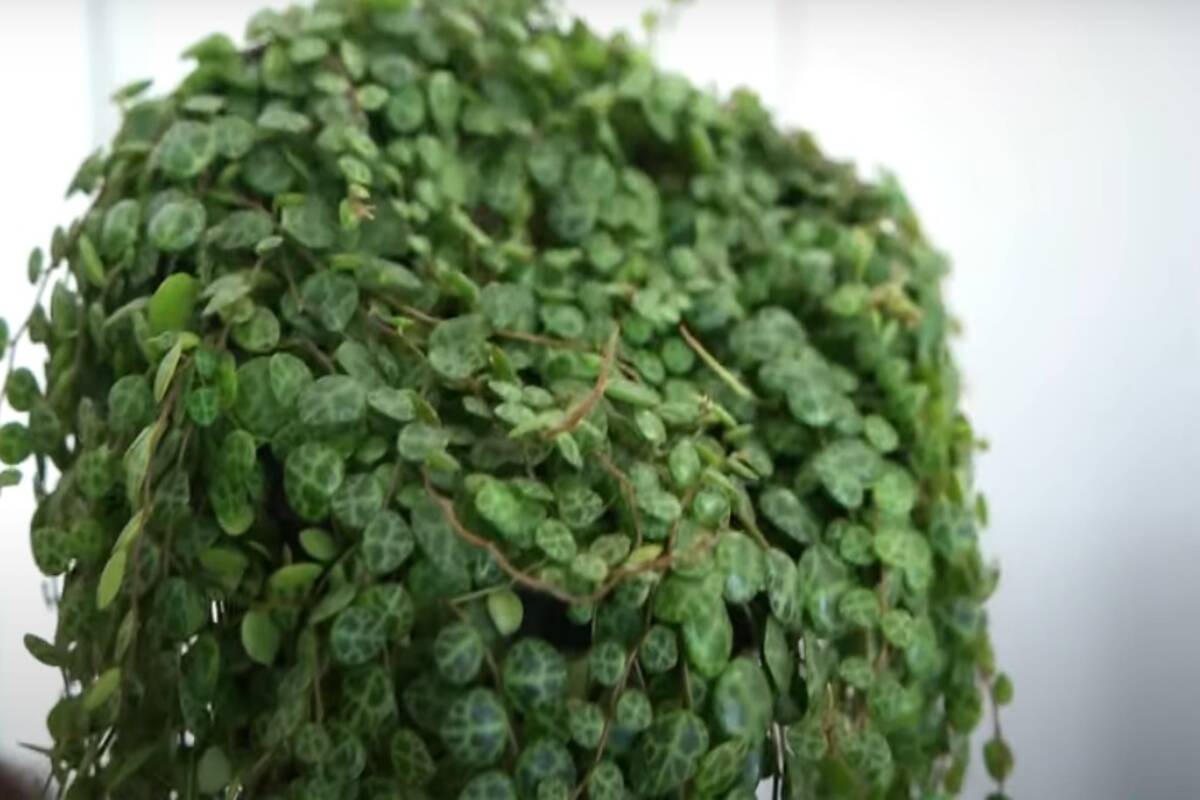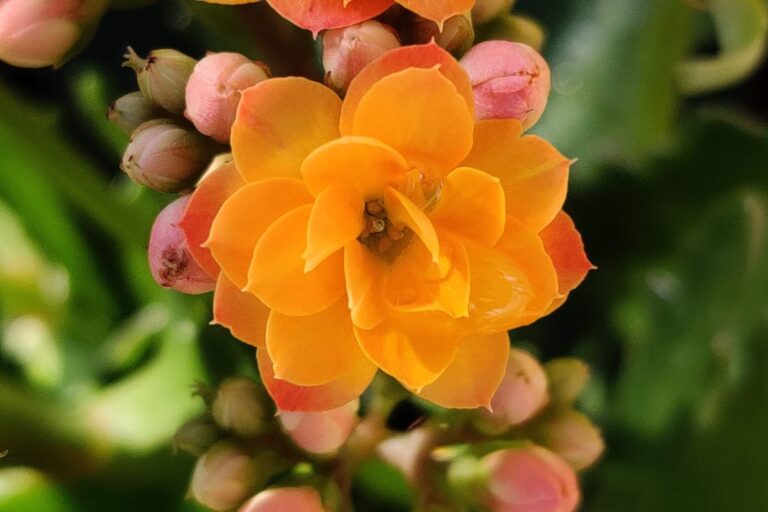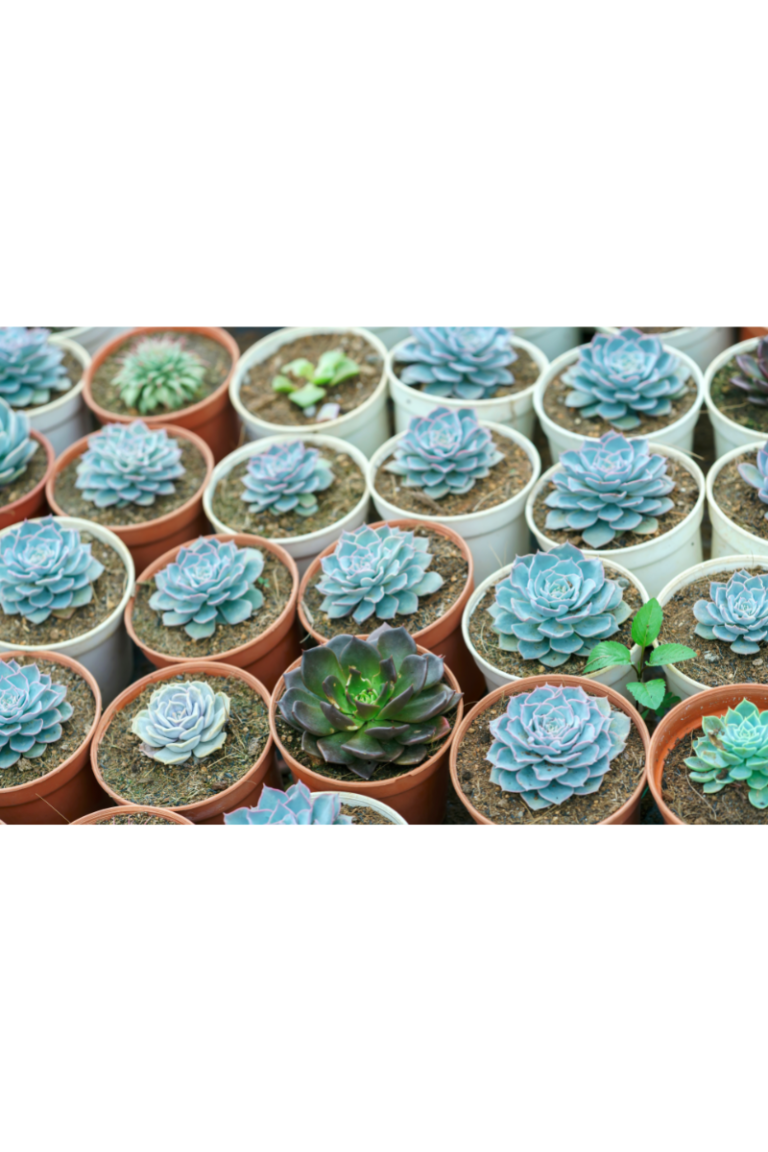How to Grow and Care for Your String of Turtles Plant
Welcome to this comprehensive guide on how to grow and care for your string of turtle plant! This versatile and attractive plant is known for its striking appearance and easy-to-maintain nature. In this blog post, we’ll walk you through the ins and outs of string of turtles plant care, ensuring that your plant thrives and becomes a beautiful addition to your home or garden.
Understanding the String of Turtle Plant
The string of turtles (Peperomia prostrata) is a charming trailing plant, native to Brazil, with small, round, turtle shell-patterned leaves that make it a popular choice for hanging baskets and indoor gardens. Its delicate, wiry stems gracefully cascade, creating a beautiful tapestry of foliage that can brighten up any space.
Ideal Growing Conditions
Light Requirements
String of turtles plants thrive in bright, indirect light. Too much direct sunlight may cause the leaves to scorch or fade, while inadequate light can result in leggy growth and poor leaf development. Place your plant near a north or east-facing window, or use a sheer curtain to filter the light from a south or west-facing window.
Temperature and Humidity
These plants prefer temperatures between 65°F and 75°F (18°C and 24°C), but they can tolerate a slightly wider range. Keep them away from drafts, heaters, and air conditioners to maintain consistent temperatures. As for humidity, the string of turtles plant enjoys a moderately humid environment. Place your plant on a tray of water and pebbles or use a humidifier to increase humidity levels.
Soil Mix
An ideal soil mix for your string of turtles plant is a well-draining mix that allows for proper aeration of the roots. Combine equal parts of peat moss, perlite, and a general-purpose potting mix for a perfect blend. This combination will provide the necessary nutrients while ensuring adequate drainage.
Where to Buy String of Turtles Plant
You can find string of turtles plants at your local garden center, nursery, or online plant shops. Specialty stores focusing on houseplants and succulents may also carry this charming plant.
Propagation Methods for String of Turtle Plant
Stem Cuttings
To propagate a string of turtles plant, you can take healthy stem cuttings from the mother plant. Choose a section with several healthy leaves, and make a clean cut just below a node. Remove the lower leaves, leaving 2-3 leaves on the cutting. Place the cut end into a well-draining soil mix or water, and maintain a humid environment. Roots should develop within a few weeks, after which the cutting can be transplanted into a pot with proper string of turtles plant care.
Leaf Cuttings
Another method for propagating a string of turtles plant is through leaf cuttings. Gently remove healthy leaves from the plant and let them dry for a day or two. Once the cut end has calloused, place the leaf on top of a moist, well-draining soil mix. Keep the soil slightly moist, and roots should begin to develop within a few weeks. Once you see new growth, you can transfer the young plant to a new pot.
String of Turtles Plant Care
The string of turtles plant is an attractive and low-maintenance addition to any indoor garden or hanging basket. By providing the right conditions and following these simple care tips, you can enjoy the beauty and charm of this unique plant for years to come.
Watering
String of turtles plants prefer their soil to be consistently moist but not soggy. It is essential to avoid overwatering, as this can lead to root rot. Water your plant thoroughly, allowing the excess water to drain out before placing it back in its spot. In general, water the plant every 7 to 10 days, adjusting the frequency depending on the season and environment.
Fertilizing
Fertilize your string of turtles plant with a balanced, water-soluble fertilizer diluted to half strength every 4 to 6 weeks during the growing season (spring and summer). Reduce the frequency to once every 2 to 3 months during the fall and winter, as the plant’s growth slows down.
Pruning and Maintenance
To maintain a compact, bushy appearance and encourage new growth, it’s important to prune your string of turtles plant periodically. Use clean, sharp scissors to trim leggy stems or remove dead leaves. Pinching back the tips of the stems can also promote branching and create a fuller, more attractive plant.
Common Pests and Diseases
While generally a low-maintenance plant, the string of turtles can be susceptible to common pests like mealybugs, spider mites, and whiteflies. Frequently check your plant for indications of an infection, and then treat quickly with neem oil or insecticidal soap.
Overwatering can lead to root rot, which is a common problem for these plants. Make sure to provide proper drainage and avoid letting your plant sit in standing water.
Tips for Displaying Your String of Turtles Plant
By following these display tips, you can successfully showcase your string of turtles plant in the best possible manner.
Choosing the Right Location
String of turtles plants thrive in bright, indirect light. Find a spot in your home with adequate sunlight, such as near an east or west-facing window. Direct sunlight should be avoided as it may lead the leaves to burn.
Creating a Support System
As the string of turtles plant grows, it can become quite long and may require support to maintain its shape. You can use a trellis, hoop, or wire support to guide the growth and create an attractive display.
Mixing with Other Plants
Combining your string of turtles with other plants can create a stunning visual effect. Choose plants with similar care requirements, such as other trailing or cascading plants. This will not only enhance the beauty of your indoor garden but also simplify the overall string of turtles plant care.
Are String of Turtles Toxic to Cats?
Good news for pet owners! The string of turtles plant is considered non-toxic to cats and dogs, making it a safe choice for households with furry friends. However, it’s always a good idea to discourage your pets from chewing on plants, as ingestion may still cause mild digestive discomfort.



